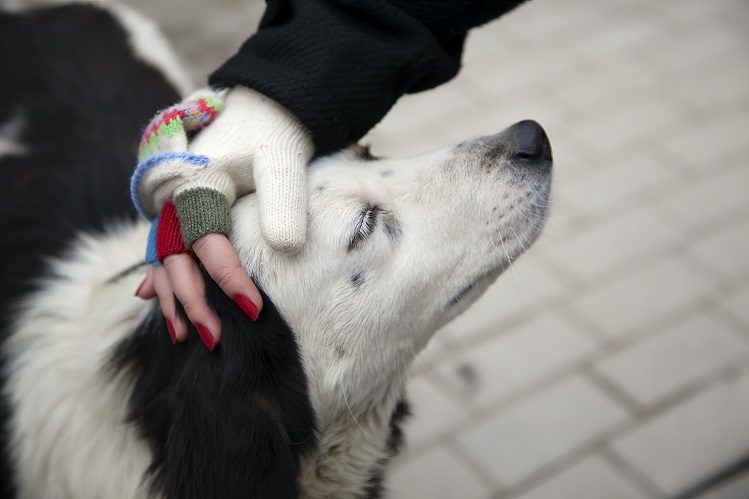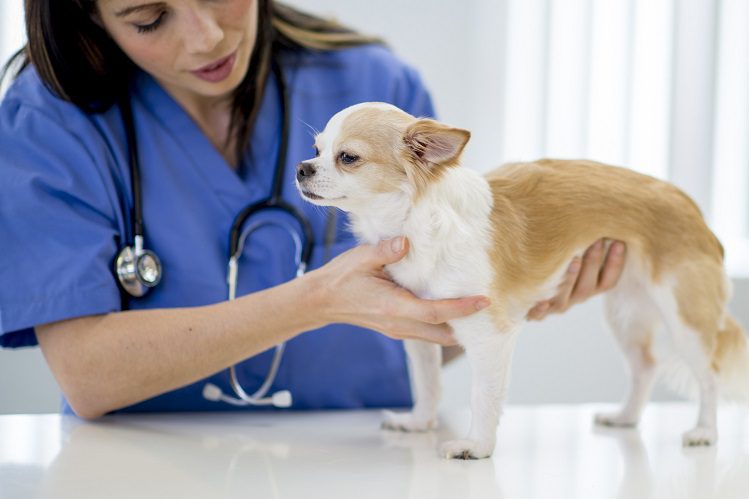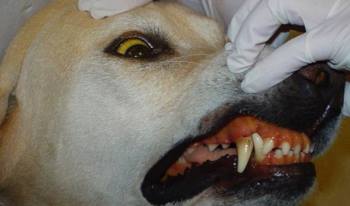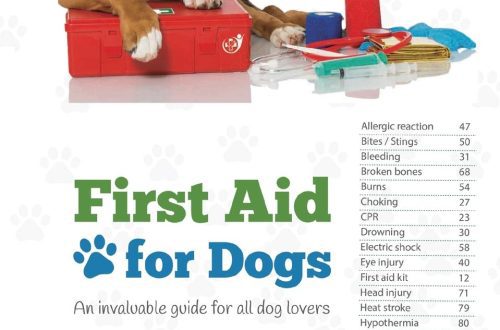
What is antifreeze and why is it dangerous for pets?
In what situations can a cat and a dog drink antifreeze? Does he have attractive taste? How much liquid can lead to poisoning? How to watch for symptoms and what to do if your pet is poisoned? Boris Vladimirovich Mats, a veterinarian and therapist at the Sputnik clinic, tells.
Antifreeze (or in other words “anti-freeze”) is a liquid used by motorists in the cold season to wash car windows while driving. It contains water, various additives and ethylene glycol or propylene glycol. Propylene glycol is not toxic, but has a high cost, which reduces the attractiveness of the product to buyers. As a result, most antifreeze contains ethylene glycol, which is toxic to animals and humans.
The greatest danger is the ingestion of this substance. Ethylene glycol is not highly volatile, so its vapors can only cause poisoning if inhaled for a very long time. Ethylene glycol has been reported to cause poisoning in cats when absorbed through the skin. In addition to antifreeze, this substance can be found in window cleaners, shoe polishes, plastic products, and so on. This is important to know in order to understand what things to keep away from your pets.
In most cases, the causes of poisoning are associated with inattention or ignorance of people. Improper use and disposal may result in antifreeze being released into the environment. This happens, for example, when they throw away containers with liquid residues or spill it on the asphalt. After that, animals can easily drink antifreeze and get poisoned.
There is a second reason for the attractiveness of antifreeze for animals. For stray dogs and cats during the cold season, this is often the only liquid available. They have no other choice but to quench their thirst with ice cream.
Unfortunately, there are even cases when people deliberately give anti-freeze drinks to pets and street dogs and cats in order to harm them.

Indeed, ethylene glycol, which is part of the antifreeze, is sweetish and pleasant to the taste. For many dogs and cats, this taste is very attractive.
As they say, everything is a medicine and everything is a poison, the question is in the dosage. It is known that a cat needs much less ethylene glycol to get poisoned. On average, this is 4-7 ml (1,5 teaspoons) per cat. For a small dog, this will be 7 ml to 20 ml (0,5-1 tablespoon). For medium – 45ml-90ml (1-2 glasses), and for large – from 130 ml (1/2 cup) and above, depending on the body weight of the animal. Remember that antifreeze contains ethylene glycol in different concentrations from 30% to 100%, and the figures above are valid for pure 100% ethylene glycol.
The danger is to a greater extent those substances that are formed during the transformation of ethylene glycol in the body (metabolites). After about 3 hours, the blood begins to acidify, which leads to disruption of the work of many enzymes. Also, metabolites affect the kidneys, causing their necrosis (death).
As for ethylene glycol, it causes almost immediately almost the same effects as ethyl alcohol (alcohol). These include:
intoxication,
nausea and vomiting,
disorientation and so on.
As a rule, these symptoms are the most obvious for the owners.
Less noticeable and difficult to track symptoms are:
increased thirst and urination in the first phases of poisoning;
reduced urination in the final phases – 12-72 hours after antifreeze enters the body.
Poisoning may be accompanied by decreased appetite, salivation, rapid breathing, mouth ulcers, vomiting, and diarrhea. Gastrointestinal bleeding and pulmonary edema are common.
The answer is extremely simple – urgently go to the clinic. If you see that your animal is staggering, cannot walk straight, makes strange movements, this means that it has begun to malfunction of the central nervous system (brain and spinal cord). Of course, this can be not only due to antifreeze, but also due to injury, neoplasms and other problems, but an abrupt onset often requires immediate action. It’s a good idea to record a video if possible. This tip can also be helpful for any other symptoms your animal may develop. Videos and photos will allow the veterinarian to quickly understand what exactly is happening with the pet and begin appropriate therapy and diagnosis.

Diagnosis of antifreeze poisoning is quite difficult. It is associated with non-specific symptoms. A huge role is played by the collection of anamnesis – a description of the history of the life and illness of the animal. Therefore, you need to tell everything, even if you are ashamed or the information seems insignificant. Remember, you live with an animal all the time and some symptoms of illness may seem normal to you – this is a normal property of the psyche. Therefore, we are not shy and do not belittle the importance of information.
Tests that a veterinarian can perform include:
Blood and urine tests to determine organ dysfunction, changes in blood cells, and so on.
Wood’s lamp test. Some substances in antifreeze may fluoresce when ultraviolet light is used. Urine in this case may glow yellow.
The sooner treatment is started, the greater the chance of recovery. If a long time passes, the risk of death increases. Treatment includes two directions – the impact on ethylene glycol, its metabolism and symptomatic treatment.
Effect on ethylene glycol:
Reduce absorption from the intestines by vomiting. Ethylene glycol can be absorbed quite quickly, so vomiting even in the first 1-2 hours may not be effective. It is dangerous to induce vomiting in animals with signs of damage to the nervous system.
Accelerate the elimination of ethylene glycol from the body. This is achieved with the help of droppers. The fluid entering the veins is allowed to increase the volume of fluid filtered by the kidneys, which leads to a more active removal of the toxin.
Reduce the metabolism of ethylene glycol. As mentioned above, the conversion products of ethylene glycol are very toxic. Reducing the rate of conversion of ethylene glycol to metabolites will reduce toxic effects. This is achieved with the help of injections of the drug, which will be carried out by a veterinarian.
Antifreeze is incredibly toxic. Poisoning occurs due to low awareness of people, lack of drinking water in animals. Antifreeze has a sweet, attractive taste. Even a small amount of antifreeze can greatly harm the animal.
Poisoning is manifested by symptoms similar to intoxication at first, and then serious damage to the kidneys and other organs occurs, which can lead to death.
If you suspect poisoning, you should immediately go to the clinic and, if possible, film the condition of the pet on video. To make a diagnosis, it is extremely important to tell everything you remember. Treatment is more effective the sooner it is started.
Author of the article: Mac Boris Vladimirovich, veterinarian and therapist at the Sputnik clinic.






